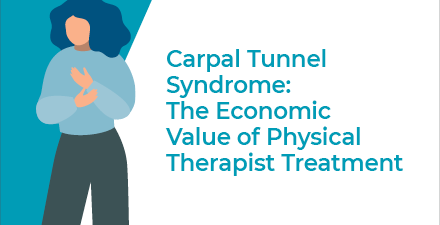
Headaches affect 47% of the world's population. They are described by the type and location of pain in the head. Many headaches are harmless and resolve on their own. However, frequent moderate to severe headaches can impact your ability to do daily activities and affect quality of life.
Different types of headaches include:
- Tension.
- Cervicogenic or neck muscle-related.
- Migraine.
- Secondary headaches from an underlying condition, such as:
- Fever
- Infectious disease.
- Sinus disorder.
- In rare cases, a tumor or more serious illness.
- Unspecified headaches.
A physical therapist will perform a full examination to diagnose the type of headache. Based on their findings, they will develop the most effective treatment plan.
Physical therapy has been proven to:
- Decrease or resolve the intensity, frequency, and duration of headaches.
- Decrease medication use.
- Improve function and mobility.
- Improve ease of motion in the neck.
- Improve quality of life.
A physical therapist treatment plan for headaches may include:
1. Manual therapy
Proven hands-on techniques can:
- Relieve joint and muscle stiffness.
- Increase mobility of the head and neck.
- Decrease muscle tension and spasms.
- Improve muscle performance.
Some physical therapists also provide dry needling for certain types of headaches.
2. Exercise
Research has shown that various types of exercises can:
- Decrease pain.
- Improve endurance.
- Decrease inflammation.
- Promote overall healing.
In addition to prescribed exercises, customized home-exercise programs are an essential part of the treatment plan.
3. Education
Educating patients has been to be helpful in lessening the severity and/or frequency of headaches. A physical therapist can teach you how to identify your specific triggers (such as diet, sleep, movement/postural habits, stressors, hydration). They also can teach how to help alleviate symptoms through a wide variety of relaxation techniques.


